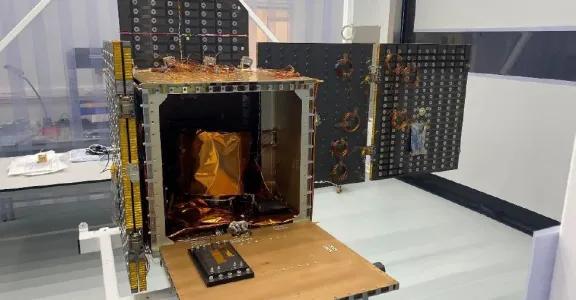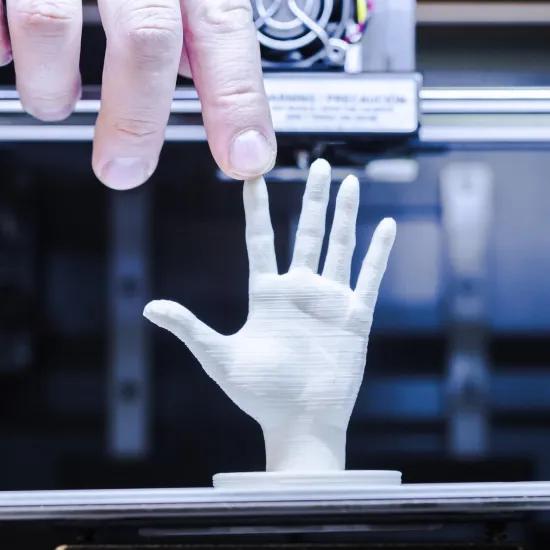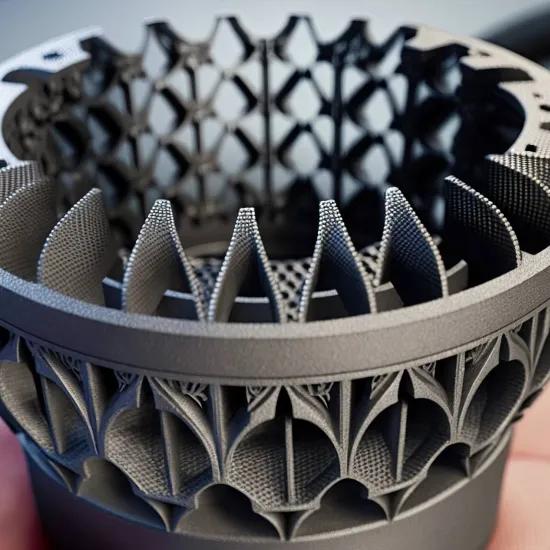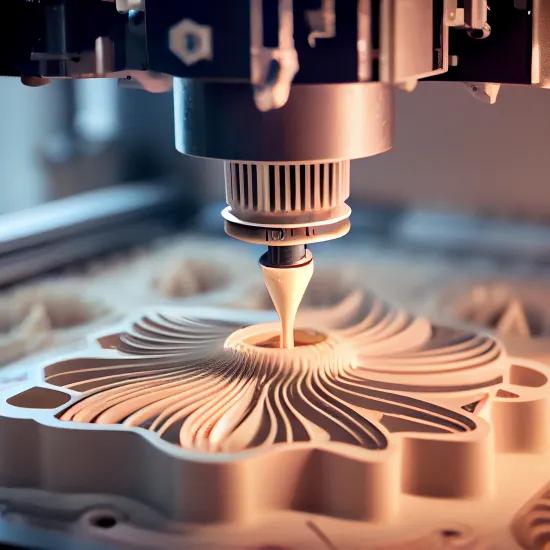With its JAMP project (Joining of Additive Manufactured Parts), the European Space Agency (ESA) wants to improve the fabrication of spacecraft parts and test the viability of new assembly methods. The aim of the project, more specifically, is to analyze and evaluate the assembly of metal parts made from additive manufacturing (AM).
JAMP is funded by ESA and led by prominent satellite manufacturer Redwire Space, which also spearheads the integration and overal coordination of the project. They are joined by three key partners, who each contribute their unique expertise:
- CRM Group, a specialist in metallurgical research, handled welding tests, mechanical testing, metallographic analyses, and non-destructive testing (NDI).
- Raytech, a pioneer in the production of small and complex parts, took care of the 3D-printing of titanium parts and laser welding expertise.
- Sirris, was instrumental in the 3D-printing of aluminum parts and designing complex testing samples. The team’s role also involved the characterization of aluminum and titanium powders, as well as geometric inspection of all parts with cutting-edge optical 3D-scanning technologies.
Two small steps for JAMP ...
To explore various 3D-printing and welding techniques, two case studies were selected: the manufacturing of a baffle mounting foot and a satellite panel. Each case study aimed to develop and demonstrate the potential of hybrid fabrication methods.
- Baffle foot: In this case study, the lower part of a baffle foot was 3D-printed directly onto a titanium block. The upper part of the foot was machined to achieve perfect aligment (managed, reached and then verified by 3D-scanning) with the 3D-printed section.
- Satellite panel: This case study specifically aimed to demonstrate a new way to construct large (small breadboard at this stage, upsizing is a next step) , lightweight satellite panels. To minimize mass, for example, the internal lattice structure of the panel was 3D-printed in aluminum. Thin sheets of metal were then welded on both sides to complete the assembly.
Throughout the project, the JAMP team had to overcome multiple challenges. One example was the welding of often very porous aluminum parts. Through meticulous analysis, improvement of powder batches and welding parameters optimization, however, the project team managed to enhance the quality of the welds and meet pre-defined requirements.
... a giant leap for aerospace engineering
The final two demonstrators proved the feasibility of the proposed solutions. Moreover, both use cases clearly showcased the potential for further development and application in spacecraft manufacturing. This includes advancements in topological optimization, powder analysis, and the development of new techniques for correcting misalignments in hybrid AM assemblies.
All in all, the project represents a significant leap forward in the field of aerospace engineering. By harnessing the power of additive manufacturing and innovative welding techniques, the project partners have demonstrated new possibilities for the design and production of spacecraft components. This collaborative effort not only meets the current demands of spacecraft manufacturing, but also sets the stage for future innovations that could revolutionize how spacecraft are built.
Our experts for this innovation project
Annual Report 2023: Another year of innovation!In 2023, we didn't just adapt, we innovated and elevated! From boosting innovation services to diving deep into energy transition and manufacturing, we've been busy. We completed over 1.200 innovation projects and highlighted 13 industrial cases in the annual report. And let's not forget our leap into Generative AI, which is a game-changer. |




